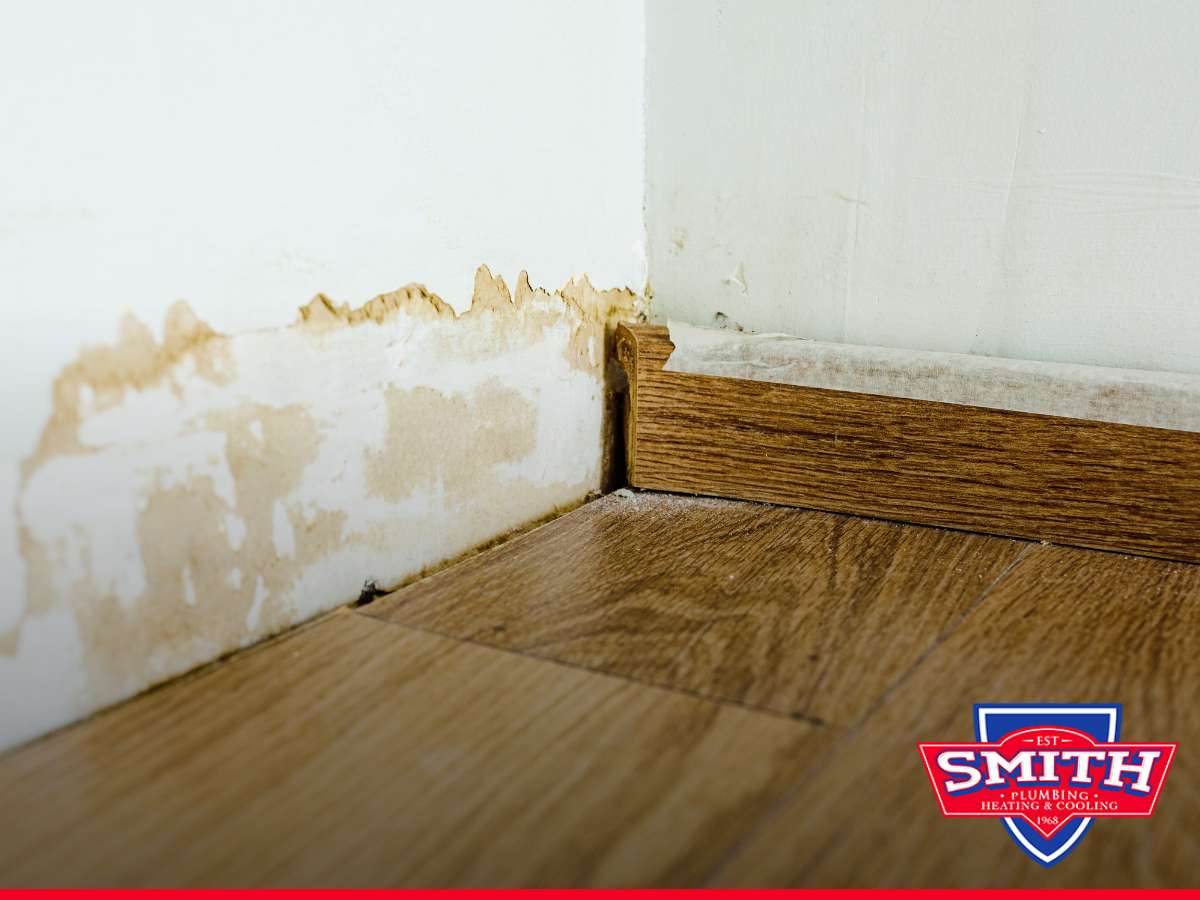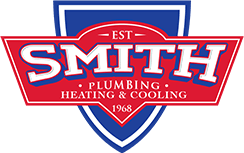Identification, Prevention & Effective Techniques To Deal With High Humidity
Did your house face horrible flooding recently? Are you struggling with high humidity due to heavy rains? Regardless of the cause, facing high humidity levels is never easy, especially when your worst nightmare in the walls appears: mold.
Mold is a fungus that usually appears in damp environments as slimy patches with green, black, or white tones. While it plays a natural role in breaking down dead organic matter outdoors, it can cause many problems at home.
Luckily, today we’ll give you a few tips to prevent mold after flooding at home or facing high humidity levels. Keep reading to learn more!

What Is Mold, How Does It Grow & What You Can Do To Prevent It?
We've all heard of mold's destructive effects on surfaces, as well as your health and safety. So, what exactly is mold? Understanding how mold grows is the first step toward preventing it from infesting your house and affecting your quality of life following water damage.
Mold is a type of fungus that thrives in moist, warm environments. It’s made from microscopic organisms that can grow both indoors and outdoors. Its reproduction is quite fast since it reproduces by releasing tiny spores into the air, which can settle on various surfaces and begin to grow if the conditions are right. Some of the most common types of mold include Aspergillus, Penicillium, and Stachybotrys (often called "black mold").
While some molds are harmless and even useful in food production (like in cheese or antibiotics), others can cause health issues, especially in sensitive people or people who have compromised immune systems.
Useful Steps To Prevent Mold After Flooding Strikes
The best approach to prevent mold growth is to dry the affected area immediately. Take these steps:
- Ventilate The Area: If the outside air is less humid, open the building. Generally, you'll want to open the facility during the day and close it at night.
- Remove Wet Things: Quickly discard any soaked porous objects, such as ceiling tiles, papers, and insulation. These may contain mold spores and are difficult to dry completely.
- Clean & Disinfect: Use disinfectants or sanitizers to clean any exposed surfaces. Scrub hard surfaces such as tile, stone, and wood with soapy water and a bristle brush. After cleaning, ensure that all surfaces are fully dried.
- Carpet Extraction: If you are unable to remove saturated carpeting immediately, use a carpet extractor or wet/dry vacuum to remove the water.
- Circulate Air: Use fans to circulate air into the space and speed up evaporation, unless mold has begun to grow. Fans can disperse existing mold.
- Dehumidify: Use dehumidifiers to lower the moisture content of the air and help things dry faster, especially in enclosed spaces. A home and office dehumidifier may suffice for smaller areas, but large spaces and moisture-saturated areas may necessitate an industrial/commercial dehumidifier or a restoration dehumidifier.
Powerful Mold Cleanup Techniques For Water-Damaged Homes
Mold cleanup procedures differ according to the degree of water damage. Common household materials such as bleach and dish detergent can be used to remove mold from hard surfaces such as flooring, worktops, and hardwood.
The Federal Emergency Management Agency and the Centers for Disease Control and Prevention recommend the following cleaning solutions for removing mold and mildew:
- Commercial Mold and Mildew Removers
- Washing soda or tri-sodium phosphate: 5 teaspoons per gallon of water.
- Bleach solution: A mixture of bleach and water (no more than one cup/8 oz. of laundry bleach per gallon).
When cleaning with bleach, trisodium phosphate, or other heavy-duty cleansers, take the necessary precautions and use protective equipment for mold removal.
Stay Safe After a Flood: Must-Know Tips For Mold Prevention
When clearing up flood damage and debris, the CDC suggests wearing gloves, goggles, and an N-95 respirator. Never combine bleach or ammonia with other cleaners. Before you turn on your HVAC system, get it tested and cleaned by a service professional who has experience with mold remediation. Turning on your HVAC system after it has been flooded may cause mold to spread.
Contact Our Plumbing Experts To Prevent Mold Infestations
Unfortunately, domestic mold is a rather common problem. Mold thrives in damp areas and is frequently seen after water damage. If you own a property that has recently experienced an unexpected leak, storm, or flood, it is critical to keep a close check on the damaged area so that mold can be identified before it spreads further.
To make sure your plumbing is in good condition and it isn’t causing more water damage due to a leak or something similar, get in touch with the Arizona professional plumbers at Smith Plumbing. Contact us today to get a free quote!


